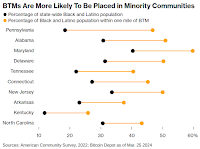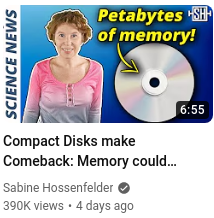Last week I attended the 50
th Asilomar Microcomputer Workshop. For a crew of volunteers to keep a small, invitation-only, off-the-record workshop going for half a century is an amazing achievement. A lot of the credit goes to the late
John H. Wharton, who chaired it from 1985 to 2017 with one missing year. He was responsible for the current format, and the eclecticism of the program's topics.
Brian Berg has written a short history of the workshop for the IEEE entitled
The Asilomar Microcomputer Workshop: Its Origin Story, and Beyond. It was started by "Three Freds and a Ted" and one of the Freds, Fred Coury has also written about it in
here.Six years ago David Laws wrote
The Asilomar Microcomputer Workshop and the Billion Dollar Toilet Seat for the Computer History Museum.
I have attended almost all of them since 1987. I have been part of the volunteer crew for many, including this one, and have served on the board of the 501C3 behind the workshop for some years.
This year's
program featured a keynote from
Yale Patt, and a session from four of his ex-students,
Michael Shebanow,
Wen-mei Hwu,
Onur Mutlu and Wen-Ti Liu. Other talks came from
Alvy Ray Smith based on his book
A Biography of the Pixel,
Mary Lou Jepsen on
OpenWater, her attempt to cost-reduce diagnosis and treatment, and Brandon Holland and Jaden Cohen, two high-school students on applying AI to the Prisoner's Dilemma. I interviewed
Chris Malachowsky about the history of
NVIDIA. And, as always, the RATS (Rich Asilomar Tradition Session) in which almost everyone gives a 10-minute talk lasted past midnight.
The workshop is strictly off-the-record unless the speaker publishes it elsewhere, so I can't discuss the content of the talks.


































